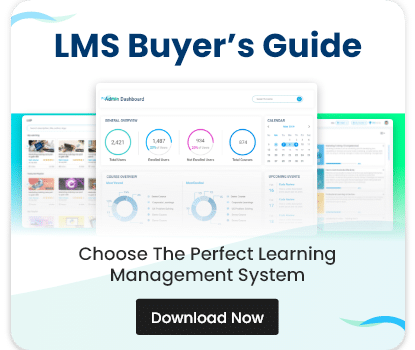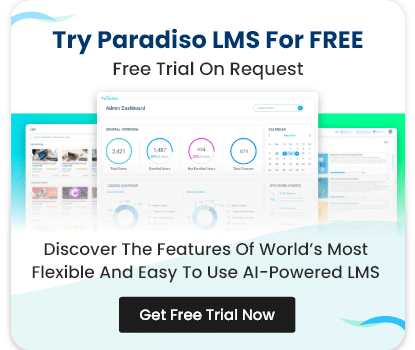How HubSpot LMS Streamlines Onboarding
HubSpot LMS provides several features that make the onboarding process more streamlined, engaging, and efficient. Here’s a breakdown of the top ways it supports onboarding.
A. Automated Course Delivery & Progress Tracking
One of the major challenges in traditional onboarding is the need for manual tracking of each employee’s or customer’s progress. With HubSpot LMS, course assignments, reminders, and follow-ups can be automated, ensuring no one falls through the cracks. The platform also tracks progress in real time, so managers can easily see where learners are struggling and intervene when necessary.
B. Personalized Learning Paths
Onboarding isn’t a one-size-fits-all experience. HubSpot LMS allows for personalized learning paths based on the learner’s role, location, or previous experience. For example, a new customer success representative may need different onboarding content than a new sales team member. By tailoring the content and pace, HubSpot LMS ensures that each learner receives the most relevant and effective training, boosting both engagement and retention.
C. Seamless CRM Integration
HubSpot’s CRM integration ensures that you have a holistic view of each learner’s journey, whether they’re an employee or a customer. For instance, if an employee has completed certain training modules, you can track their progress alongside their work performance. Similarly, for customer onboarding, you can track their product usage and support interactions while automatically triggering relevant training content to enhance their experience.
The integration also ensures that learners are segmented properly, enabling you to send targeted communications based on their training progress or engagement level. This helps keep them motivated and informed throughout the onboarding process.
D. Engagement & Feedback Loops
Engagement is a crucial factor in ensuring the success of any onboarding program. HubSpot LMS fosters learner engagement by offering interactive features such as quizzes, surveys, and discussion forums. Additionally, the platform allows you to collect feedback from learners at various stages, so you can continuously refine the process and address any issues.
By using HubSpot’s feedback tools, you can get real-time insights into the effectiveness of your onboarding programs, making it easier to identify areas that need improvement.

















